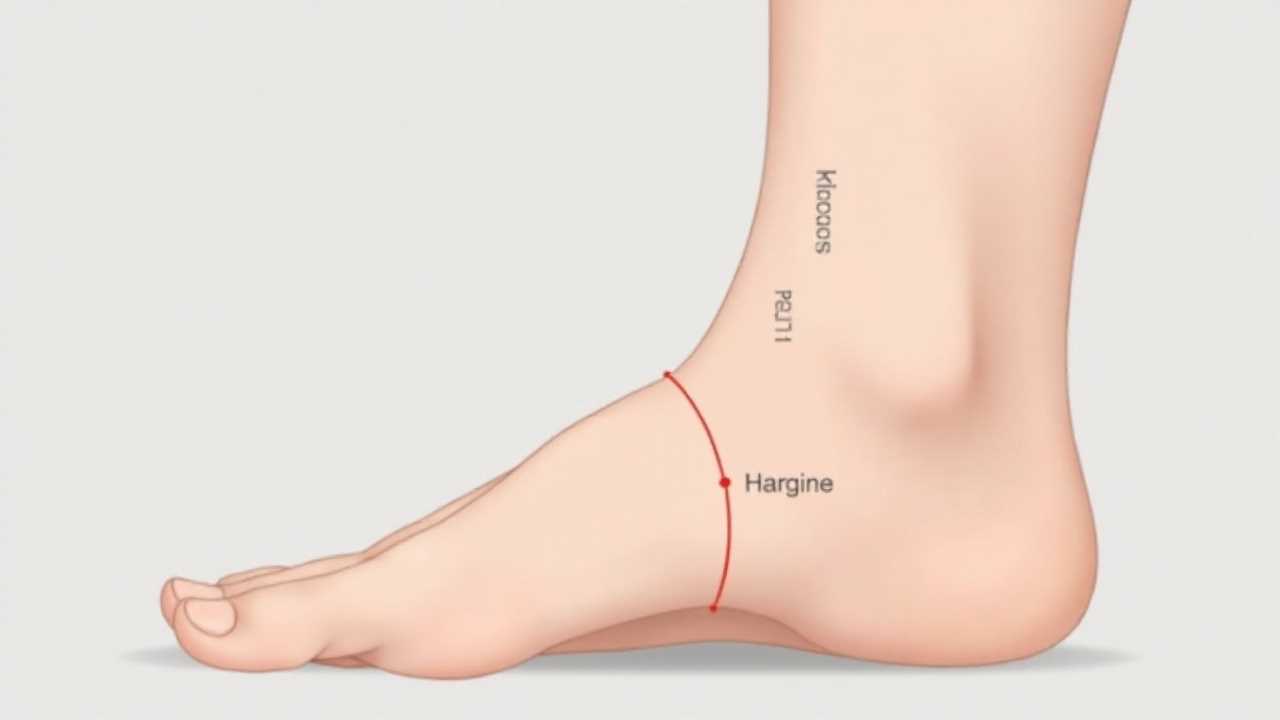
Understanding Bunion Correction
Bunion correction is a vital aspect of orthopedic solutions aimed at alleviating discomfort and restoring proper foot alignment. A bunion, medically known as hallux valgus, is a bony protrusion that forms at the base of the big toe, often leading to pain, inflammation, and difficulty in walking. This condition can significantly impact one’s quality of life, making effective treatment essential.
What is Bunionectomy?
Bunionectomy is a surgical intervention designed to remove the bunion and realign the bones of the foot. This procedure is typically recommended for patients experiencing severe pain that does not respond to conservative treatments such as orthotic devices or physical therapy. During a bunionectomy, the surgeon removes the bony growth and may also realign the metatarsal bone to restore proper foot alignment.
The success of a bunionectomy largely depends on the technique employed, the severity of the bunion, and the patient’s overall health. Various techniques exist, including traditional open surgery and minimally invasive approaches, each with its own set of benefits and recovery times.
Importance of Foot Alignment
Proper foot alignment is crucial for overall body mechanics. Misalignment can lead to a chain reaction of issues, affecting not just the feet but also the knees, hips, and lower back. Bunion correction through surgical intervention aims to restore this alignment, thereby reducing pain and preventing further complications.
After a bunionectomy, patients often experience significant improvements in foot function and comfort. The alignment of the big toe is restored, allowing for better weight distribution and reducing the risk of developing additional foot problems.
Pain Relief Through Bunion Correction
One of the primary goals of bunion correction is pain relief. Patients suffering from bunions often report chronic pain that can limit their daily activities. After undergoing a bunionectomy, many individuals find that their pain levels decrease significantly.
Post-operative pain management is a critical component of the recovery process. Surgeons typically prescribe medications to help manage discomfort and may recommend physical therapy to aid in rehabilitation. This comprehensive approach ensures that patients can return to their normal activities as quickly and safely as possible.
Role of Orthotic Devices in Bunion Management
Before considering surgical options, many patients benefit from the use of orthotic devices. These custom-made inserts are designed to provide support and improve foot alignment. Orthotic devices can help redistribute pressure away from the bunion, alleviating pain and discomfort during daily activities.
In some cases, patients may find that a combination of orthotic devices and rehabilitation techniques can effectively manage their bunion symptoms without the need for surgery. This conservative approach is often recommended for individuals with mild to moderate bunions.
Rehabilitation Techniques After Bunionectomy
Rehabilitation is a crucial phase following bunion correction. After a bunionectomy, patients will typically undergo a structured rehabilitation program to regain strength and mobility in the foot. This program may include:
- Physical Therapy: A physical therapist can guide patients through exercises designed to improve flexibility, strength, and range of motion in the foot. This is essential for a successful recovery and helps prevent stiffness.
- Gradual Weight Bearing: Patients are often advised to gradually increase their weight-bearing activities as healing progresses. This helps to ensure that the foot can support normal activities without pain.
- Home Exercises: Patients may be given a set of exercises to perform at home to promote healing and strengthen the foot muscles.
- Follow-Up Appointments: Regular follow-up appointments with the surgeon are important to monitor the healing process and make any necessary adjustments to the rehabilitation plan.
Long-Term Outcomes of Bunion Correction
The long-term outcomes of bunion correction are generally positive. Many patients report a significant reduction in pain and an improvement in their ability to engage in physical activities. The restoration of proper foot alignment not only enhances foot function but also contributes to overall well-being.
However, it is essential for patients to adhere to their rehabilitation plan and follow their surgeon’s recommendations to achieve the best possible results. Maintaining a healthy weight, wearing appropriate footwear, and using orthotic devices as needed can help prevent the recurrence of bunions and ensure long-lasting relief.
Bunion correction through effective bunionectomy techniques offers a pathway to pain relief and optimal foot alignment. By understanding the importance of surgical intervention, the role of orthotic devices, and the necessity of rehabilitation techniques, individuals can make informed decisions about their foot health. With the right approach, patients can look forward to a future free from the limitations imposed by bunions, allowing them to enjoy a more active and fulfilling lifestyle.
 Mobility trainingHome Fitness RecoverySports Injury PreventionPersonal Physical TherapyOrthopedic SolutionsPrivacy PolicyTerms And Conditions
Mobility trainingHome Fitness RecoverySports Injury PreventionPersonal Physical TherapyOrthopedic SolutionsPrivacy PolicyTerms And Conditions
